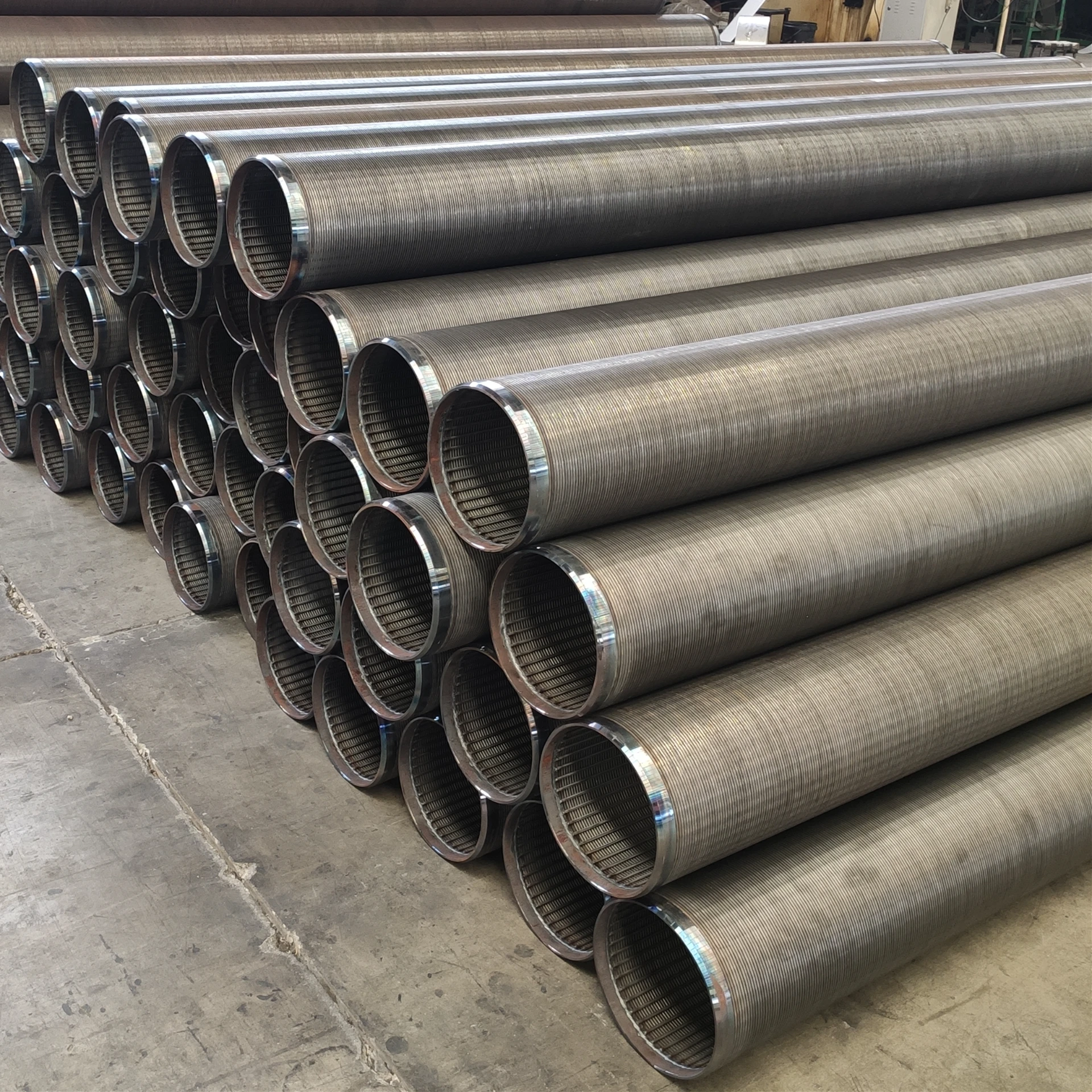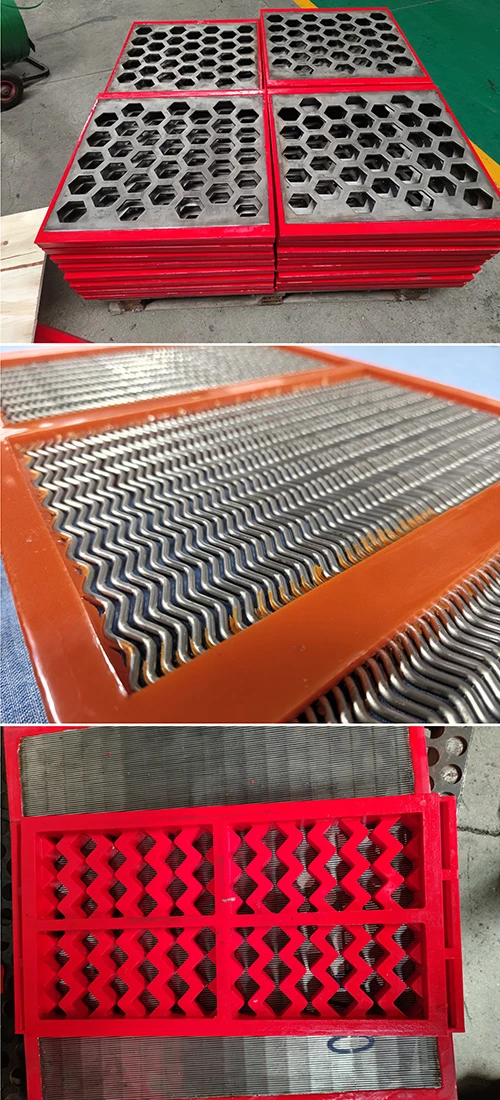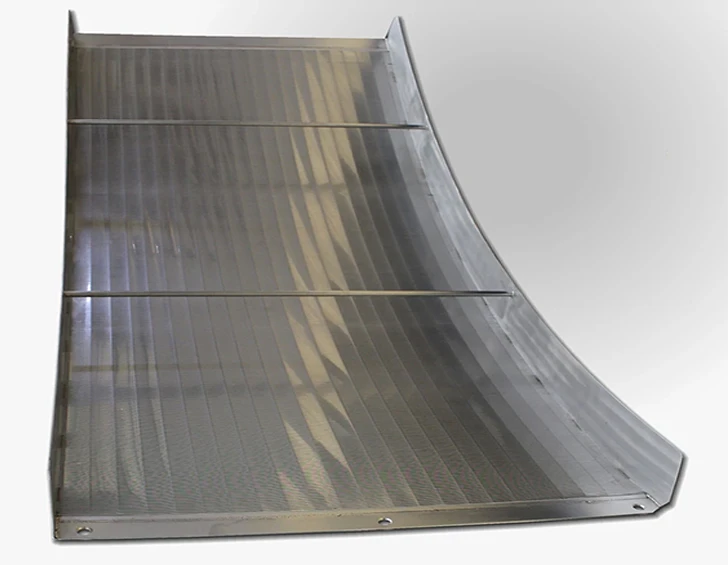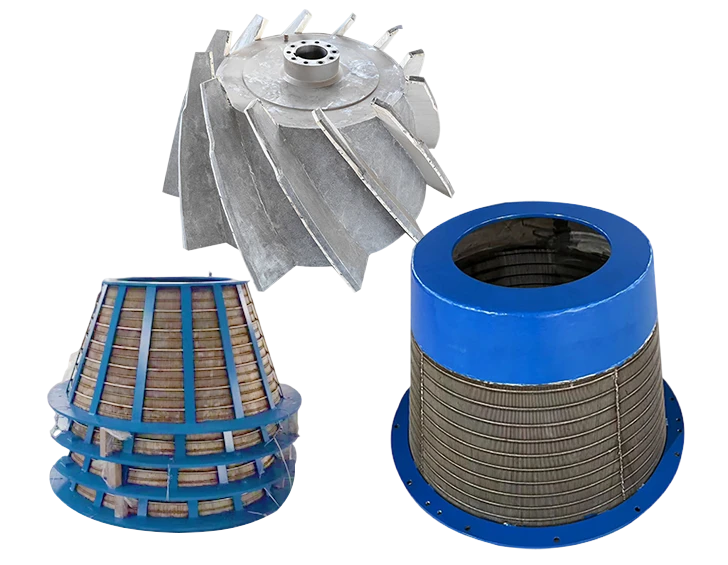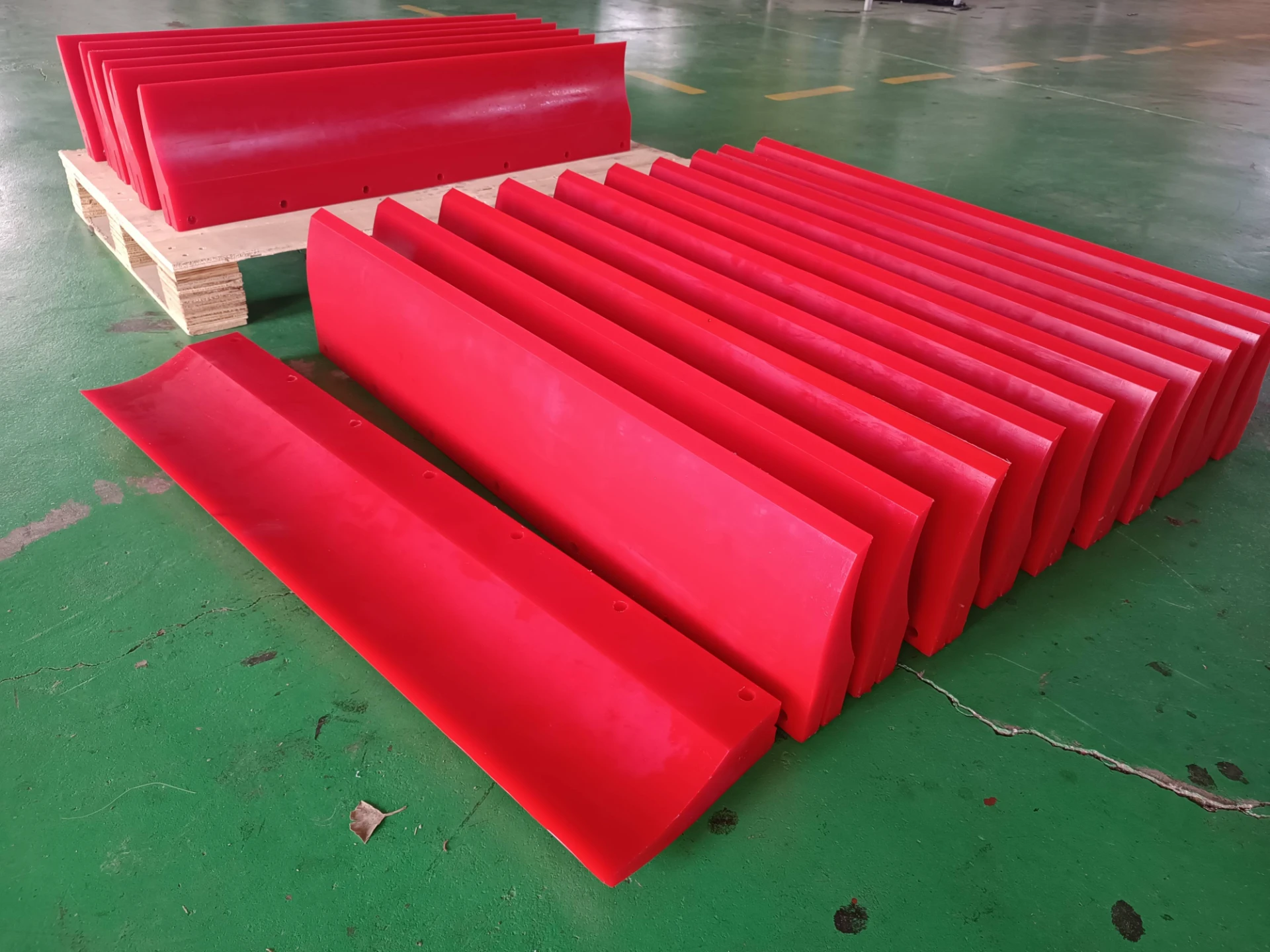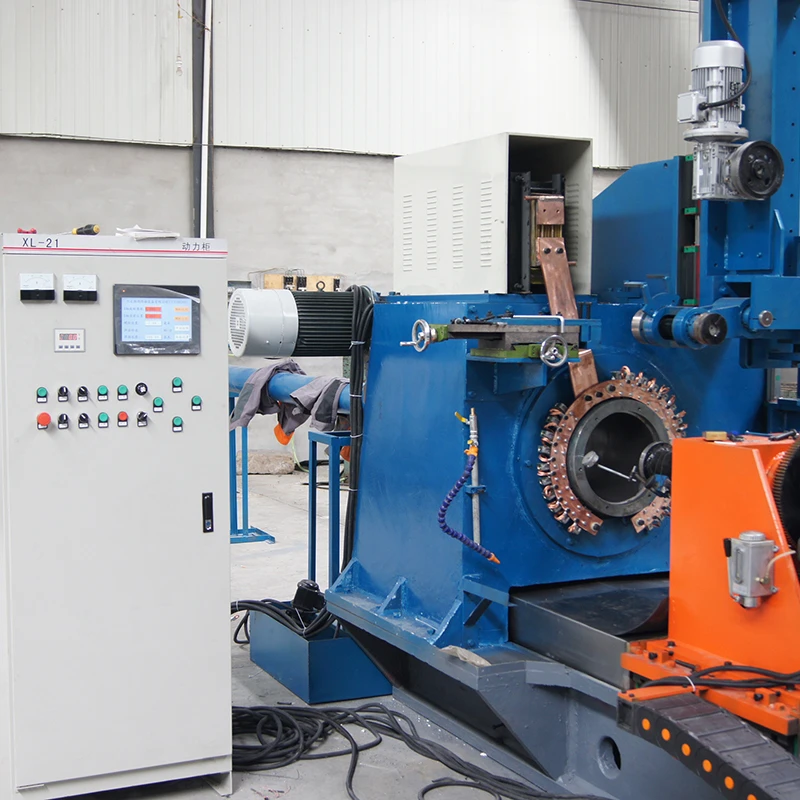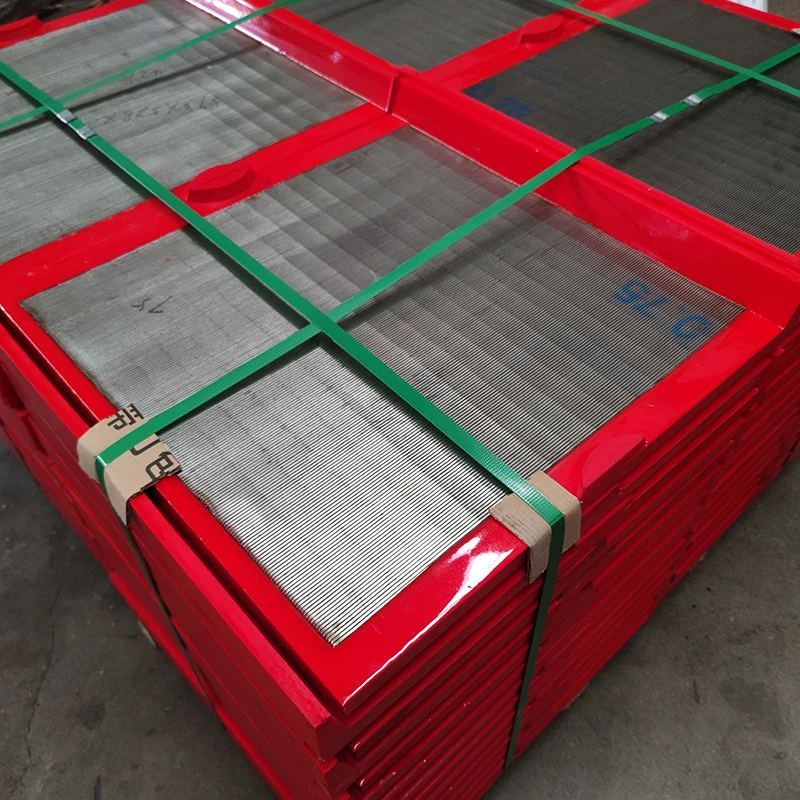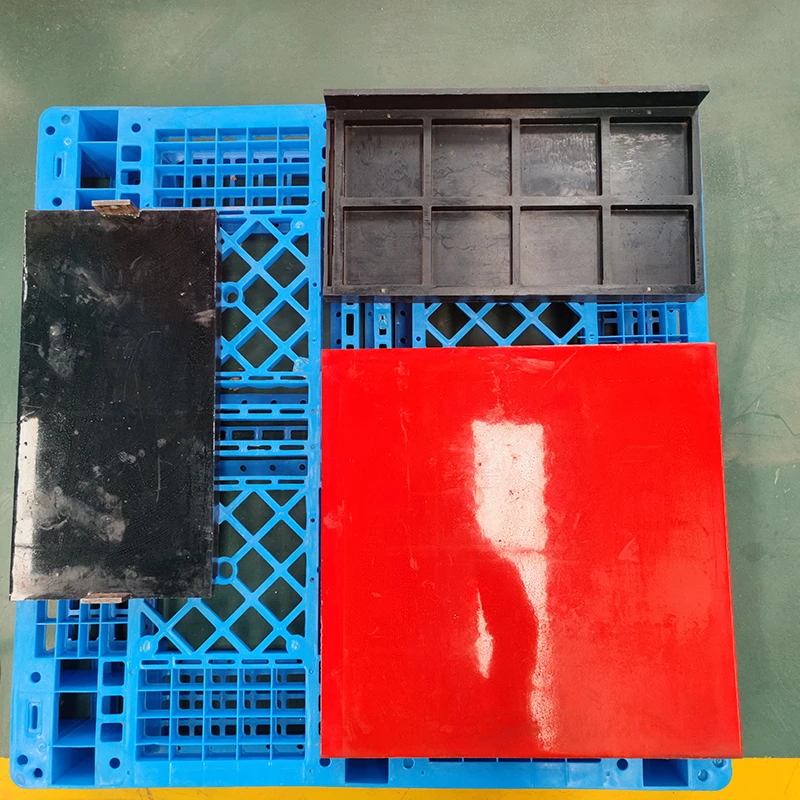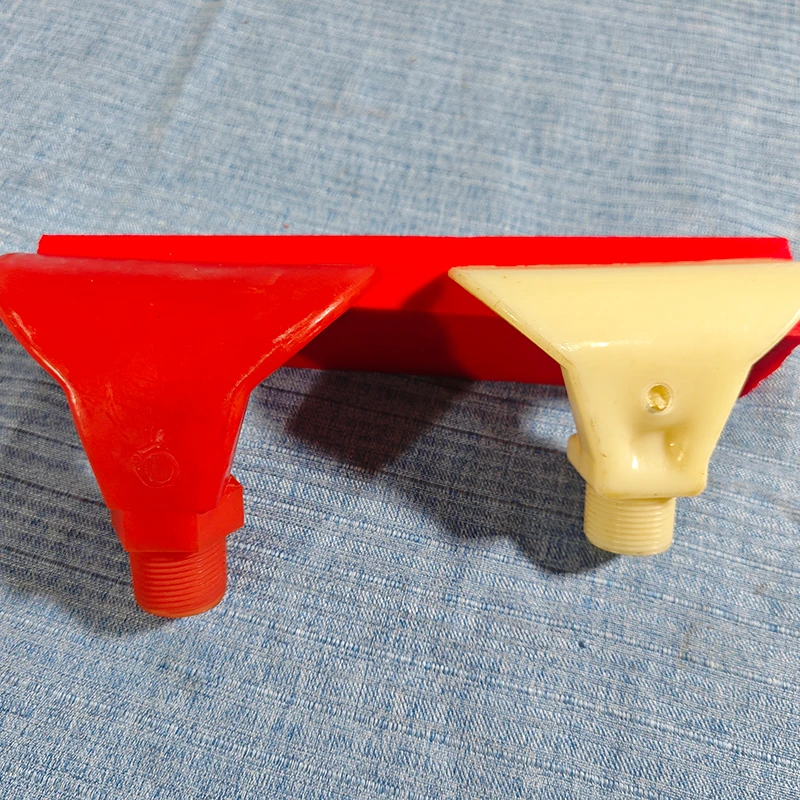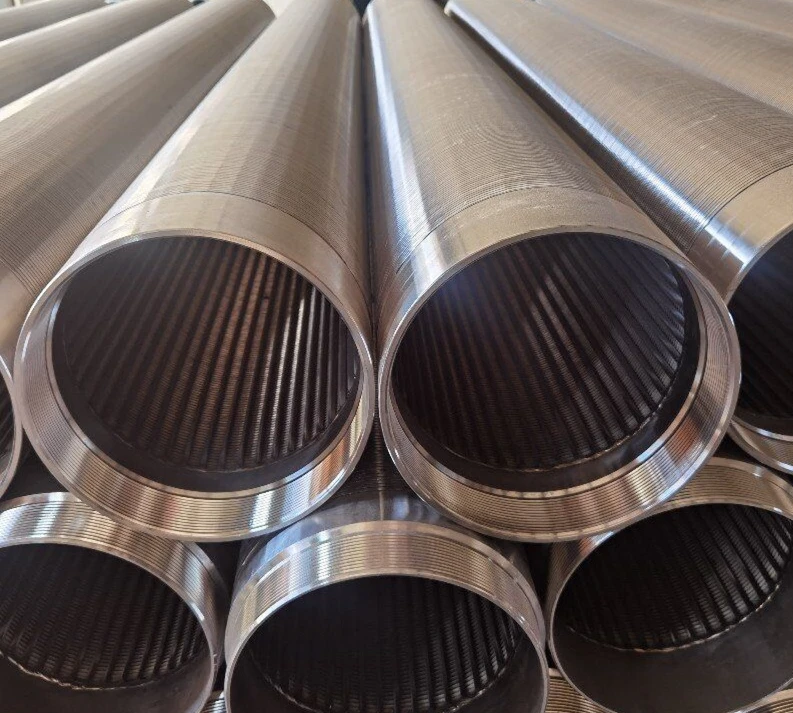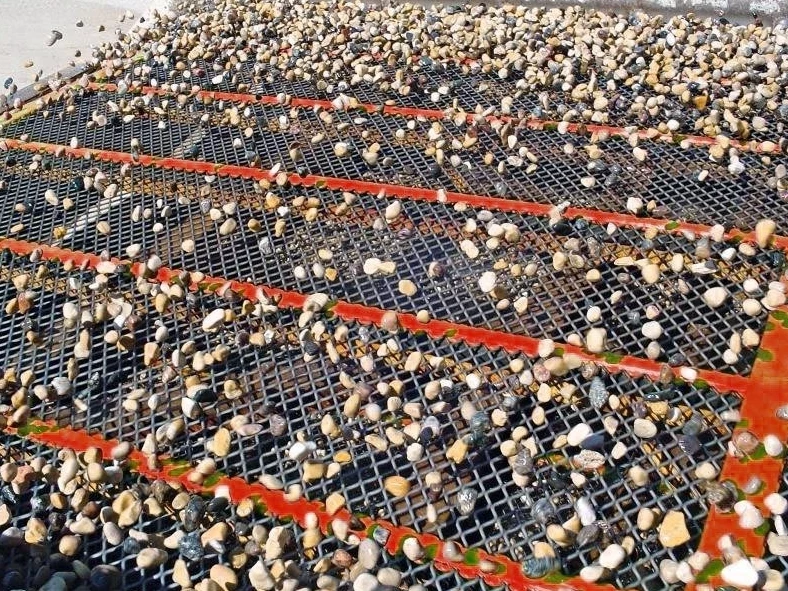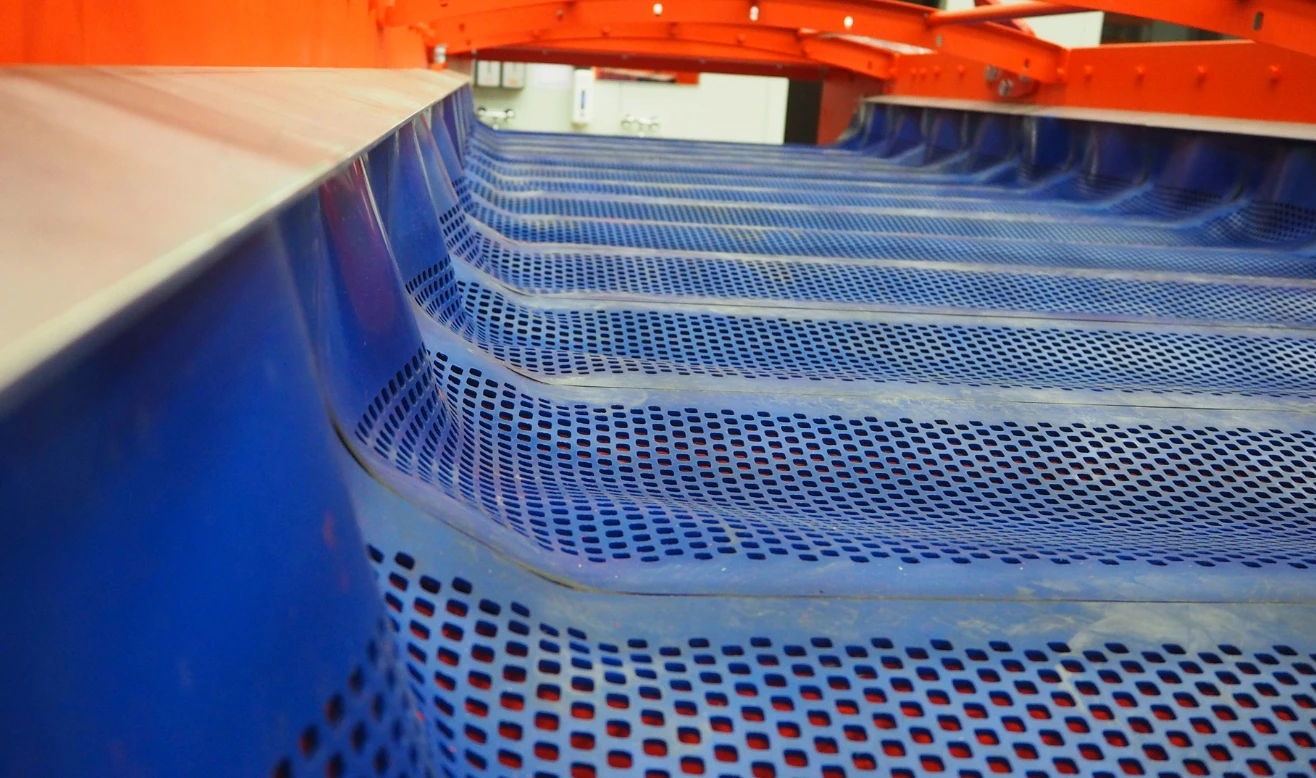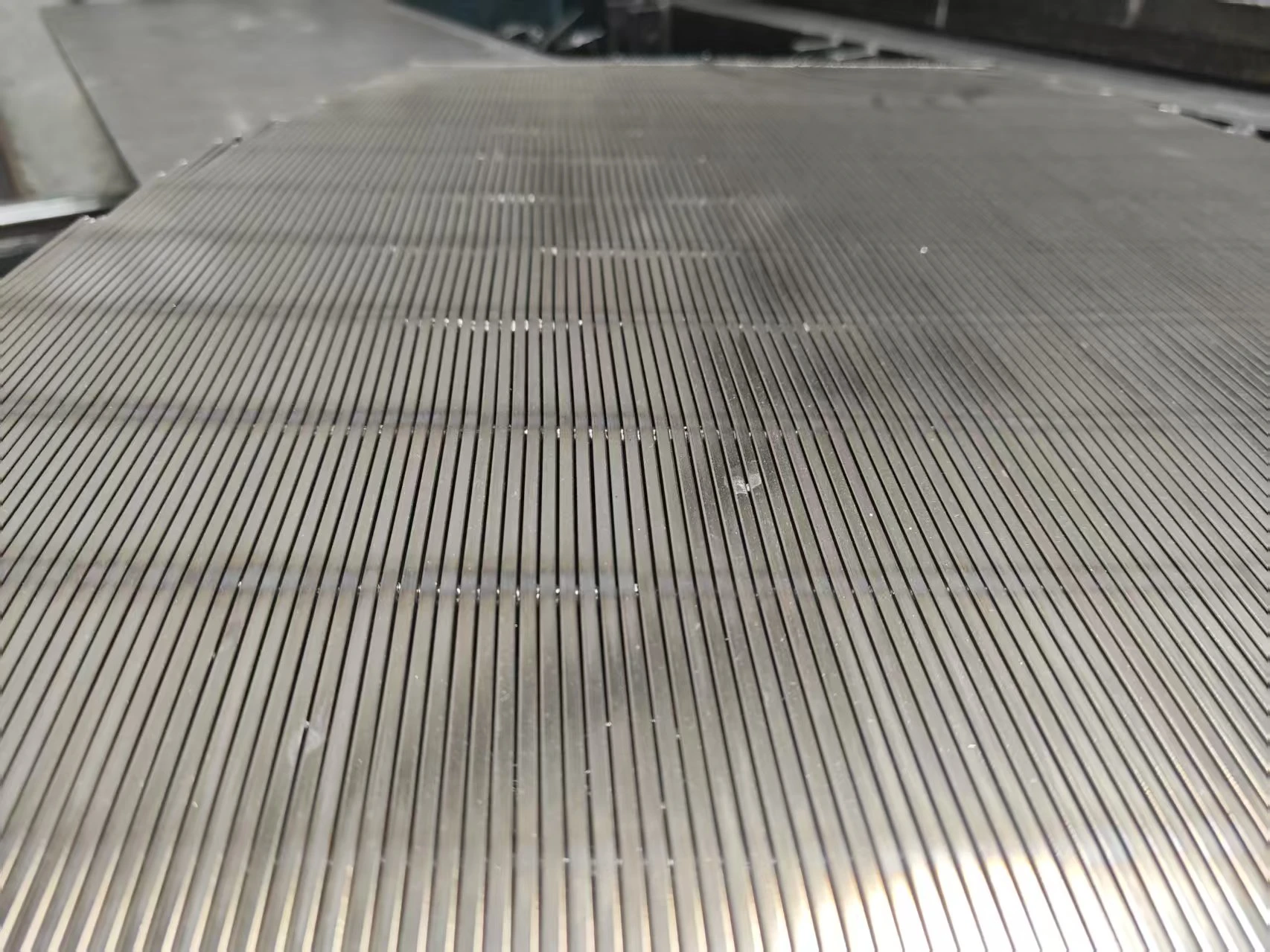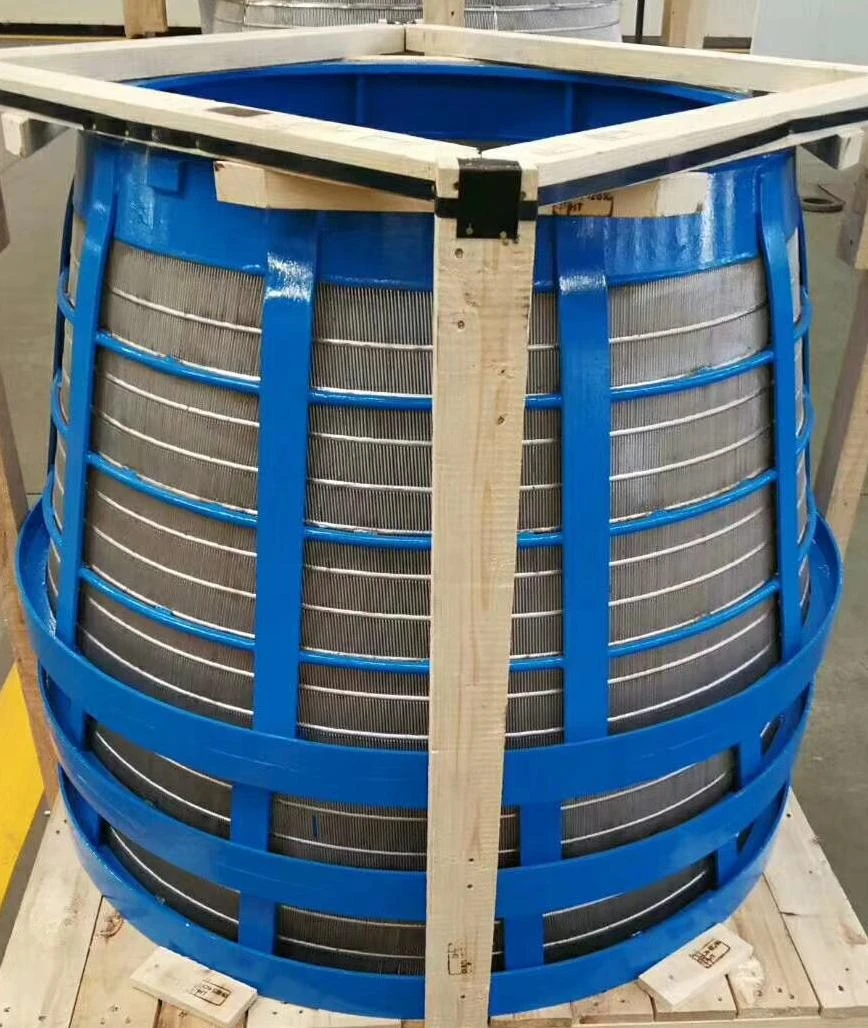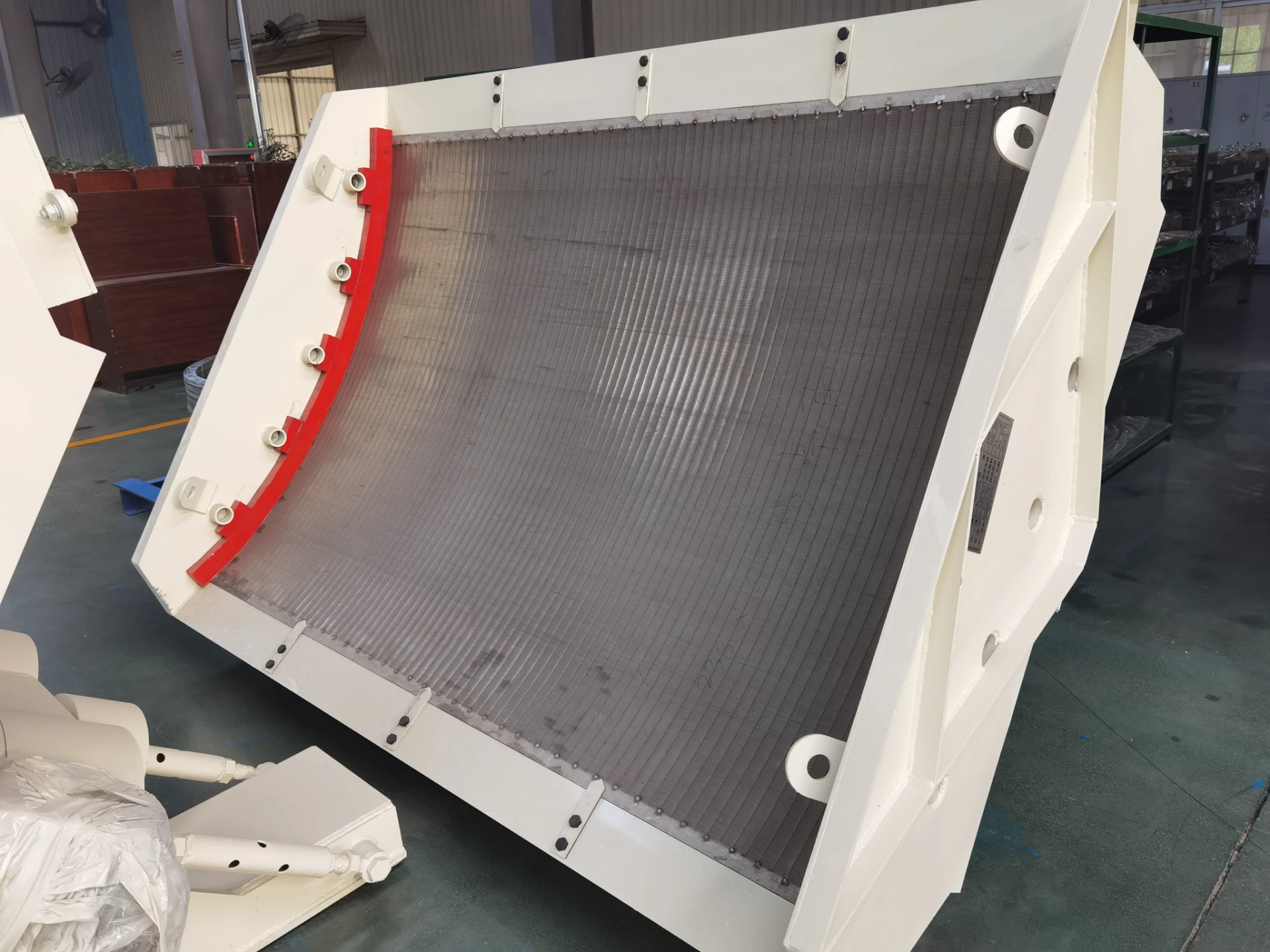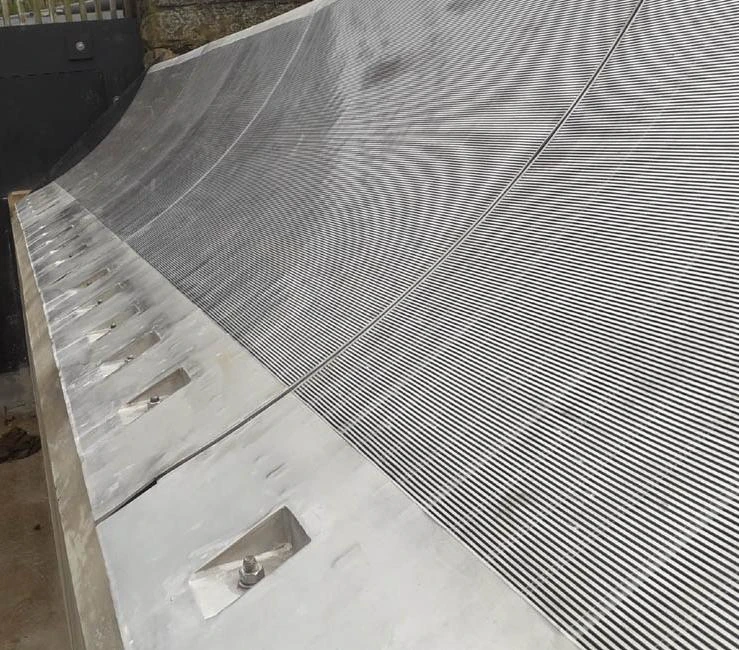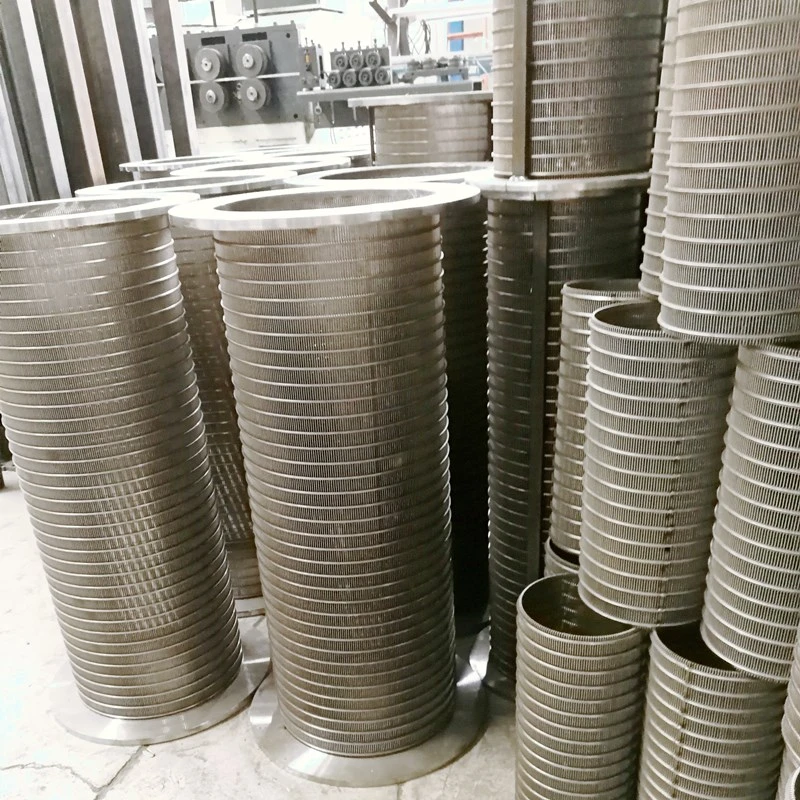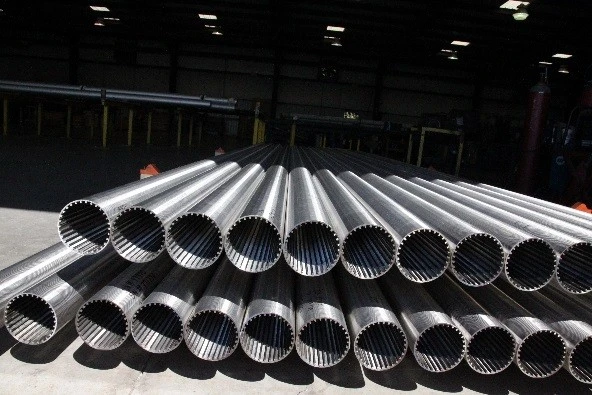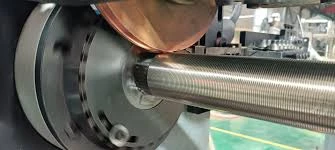In today's industrial landscape, achieving operational efficiency is intrinsically linked with environmental responsibility. Manufacturing processes, particularly in resource-intensive sectors like mining, minerals processing, coal preparation, and aggregate production, face increasing pressure to minimize water consumption, reduce energy usage, and lower waste generation. Effective solid-liquid separation stands as a critical juncture where significant environmental gains can be realized. Sieve bend screens, particularly the advanced wedge wire sieve bend screen variants, have emerged as powerful tools in this endeavor, offering robust performance coupled with tangible ecological advantages. Companies like MUTO Wire Screen Co., Ltd., leveraging deep expertise in precision screening solutions, are at the forefront of providing these environmentally beneficial technologies.
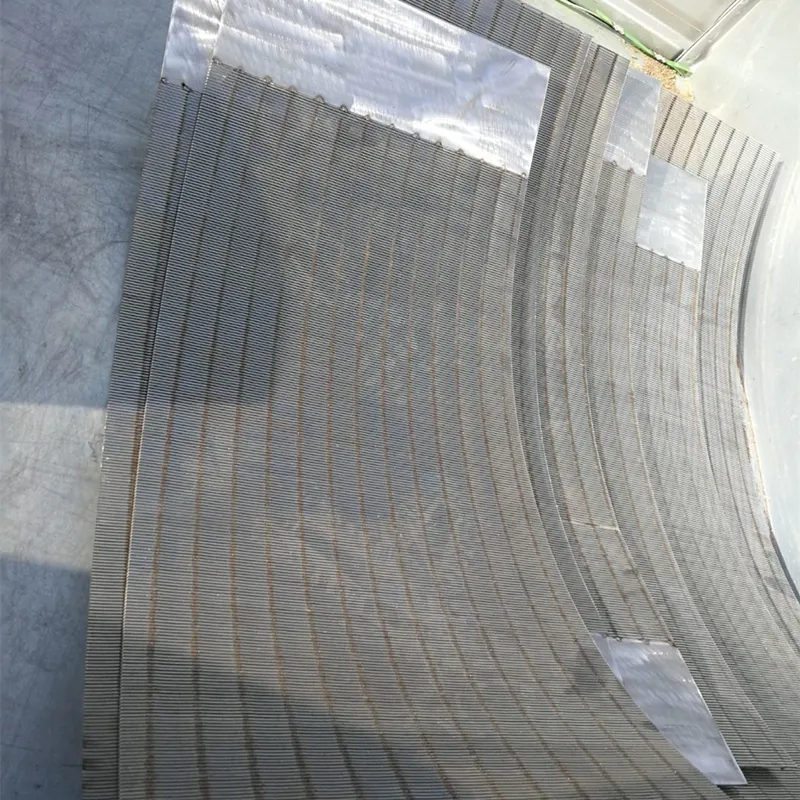
MUTO Wire Screen Co., Ltd., originating in Anping County – renowned as China's Wire Mesh Capital – has built a strong reputation since its founding as Anping Zhanyuan Wire Mesh Factory in 2010. Evolving significantly, the company adopted the MUTO brand in 2018, reflecting its growth and specialization beyond basic stainless steel mesh into sophisticated mining screening solutions, wedge wire screen technology, and innovative screen welding equipment. This expansion was underscored by establishing branches in Pingdingshan, Henan Province (2019), and Jixi, Heilongjiang Province (2023). A commitment to "smart technology to create products" has fueled MUTO's innovation engine, resulting in 12 screen technology patents and 4 equipment patents. This dedication to R&D earned them recognition as "National Science and Technology Small & Medium-Sized Enterprises" in 2023 and "High-Tech Enterprises" in 2024. Operating from substantial facilities – a 2500 square meter workshop dedicated to mining and wedge wire screen filter welding, and a 2000 square meter screen welding equipment production workshop – MUTO specializes in a comprehensive range, including wedge wire screens and filters, bend sieve screens, modular and tension polyurethane sieves, woven steel mesh, perforated sheets, and innovative sieve-based components. It is within this context of precision manufacturing and innovation that the environmental benefits of their sieve bend solutions truly shine.
Optimizing Water Management with Wedge Wire Sieve Bends
Water scarcity is a global challenge, making efficient water usage paramount in industrial processes. Traditional screening methods often involve copious amounts of water for washing and separation. The wedge wire sieve bend screen, also known as a DSM screen, fundamentally changes this dynamic. Characterized by its robust construction from stainless steel or other durable materials and its distinctive curved profile (the sieve bend), this screen excels in dewatering and draining applications. Its core function is efficient, rapid separation of solids from liquids with minimal water retention on the solids fraction.
The design, featuring precisely spaced wedge wires forming the screening surface, allows free water and fine particles to pass through the slots while coarse solids are conveyed over the curved surface by gravity. This mechanism achieves remarkably low moisture content in the oversize product, drastically reducing the need for subsequent thermal drying – a process notorious for its high energy consumption and associated emissions. Furthermore, the clarified water filtrate is immediately available for recirculation within the process circuit. By maximizing water recovery and reuse directly at the separation stage, sieve bend screens significantly decrease the demand for fresh water intake and reduce the volume of wastewater requiring treatment. This closed-loop approach, facilitated by efficient sieve bend technology, represents a major step towards sustainable water stewardship in mineral processing and similar industries.
Enhancing Efficiency: The Role of the Sieve Bend Profile
The effectiveness of a sieve bend screen hinges critically on its unique curved geometry. This sieve bend profile isn't arbitrary; it's engineered to harness gravitational and hydrodynamic forces optimally. As the feed slurry impacts the screen surface near the apex of the curve, a thin layer forms. Centrifugal force and the screen's curvature work together to propel solids upwards and outwards along the arc, while liquid and undersize particles pass vertically through the slots.
The efficiency of this separation is heavily influenced by the screen's specific parameters, including the bend angle, radius, and arc length. Precise engineering ensures maximum solids conveyance with minimal blinding or pegging, maintaining high throughput and consistent performance over extended periods. MUTO's expertise allows for the precise manufacturing of sieve bend profiles tailored to specific application needs, ensuring optimal performance. Key parameters for customization include:
This optimized sieve bend action translates directly into environmental benefits. High separation efficiency means less recirculation of material within the plant, reducing the energy consumed by pumps and conveyors handling the same material multiple times. Reduced system load and lower hydraulic requirements further contribute to decreased overall power consumption per ton of processed material, lowering the operation's carbon footprint.
Reducing The Waste and Resource Consumption Holistically of Sieve Bend
The environmental advantages of sieve bend screens extend beyond immediate water and energy savings during operation. Their robust wedge wire construction, primarily utilizing durable materials like stainless steel, grants them exceptional longevity and resistance to wear and corrosion. This inherent durability means screens need replacement far less frequently than many alternative screening media (like woven wire cloth or polyurethane panels in high-wear dewatering roles). Longer operational life significantly reduces the consumption of raw materials (steel, polymers) and the energy required for manufacturing and transporting replacement units. It also directly cuts down on the volume of end-of-life screening media destined for landfills.
Furthermore, the efficiency of sieve bend screens in separating valuable solids from waste streams enhances resource recovery. By maximizing the capture of saleable product and minimizing its loss to tailings or effluent, these screens contribute directly to the economic and environmental principle of resource conservation. Less waste sent for disposal means reduced landfill burden and associated environmental risks. The ability to customize slot sizes down to 0.25mm allows for precise separation, minimizing the generation of unusable middlings or slimes.
FAQs about Sieve Bend Screen Technology
How does the unique design of a sieve bend screen contribute to water conservation?
The curved profile (sieve bend) of a wedge wire sieve bend screen facilitates rapid gravity drainage and efficient separation of free water from solids. This results in a drier oversize product, drastically reducing the need for energy-intensive thermal drying. The clarified water filtrate is simultaneously recovered, allowing for immediate reuse in the process circuit, significantly lowering fresh water consumption and wastewater volume.
What factors determine the optimal sieve bend angle and radius for an application?
The optimal sieve bend geometry (angle: 45°, 60°, 120°; radius: 1018mm, 1527mm, 2036mm, etc.) depends on several factors, including the particle size distribution of the feed slurry, the desired separation cut point, the solids concentration, flow rate, and the required dryness of the oversize product. MUTO's technical expertise assists in selecting or customizing the bend profile (arc length, width) for maximum efficiency and environmental benefit.
Can a parabolic screen filter handle finer separations than a standard sieve bend screen?
Yes, the multi-radius curvature of a Parabolic screen filter creates enhanced separation dynamics, making it particularly effective for finer particle separations and higher capacities compared to standard single-radius sieve bend screens. This advanced filtration capability allows for more precise classification, improving product quality and reducing waste generation from misplacement.
What materials are used in MUTO's wedge wire sieve bend screens, and how does this impact longevity?
MUTO primarily utilizes high-grade stainless steels (e.g., 304, 316, 316L) and other durable alloys for their wedge wire sieve bend screens and Parabolic screen filter elements. This material choice provides excellent resistance to wear, abrasion, and corrosion in demanding industrial environments. The resulting exceptional screen life significantly reduces the frequency of replacements, lowering resource consumption, manufacturing energy, and waste associated with disposal.
How does the slot size customization (0.25-1mm or custom) of a sieve bend screen affect process efficiency and waste reduction?
Precise slot size control is crucial. Customizable slot sizes allow the sieve bend screen to be perfectly matched to the specific separation cut point required. This precision minimizes the misplacement of particles – valuable product lost to tailings or unwanted fines contaminating the product stream. Accurate separation maximizes resource recovery, improves product quality, and directly reduces the volume of material incorrectly classified as waste, minimizing the overall environmental footprint of the processing operation.
The adoption of advanced screening technology, particularly wedge wire sieve bend screens and Parabolic screen filters, represents a significant opportunity for industries to enhance their environmental performance. Companies like MUTO Wire Screen Co., Ltd., with their foundation in Anping County's wire mesh heritage, commitment to R&D (evidenced by numerous patents and high-tech recognitions), and specialization in precision-engineered screening solutions, are pivotal in delivering these benefits. The inherent design of the sieve bend enables substantial water conservation through efficient dewatering and filtrate recovery, drastically cutting fresh water needs and wastewater volumes. Optimized bend profiles contribute to lower energy consumption by reducing recirculation loads and hydraulic requirements. The durability of stainless steel wedge wire construction minimizes resource consumption and waste generation associated with frequent screen replacements. Furthermore, the precise separation capabilities, especially of the Parabolic screen filter, enhance resource recovery and minimize waste misplacement. By integrating high-performance sieve bend screen technology into their processes, industries can achieve not only operational excellence but also meaningful progress towards sustainability goals, conserving vital resources and reducing their ecological impact.

